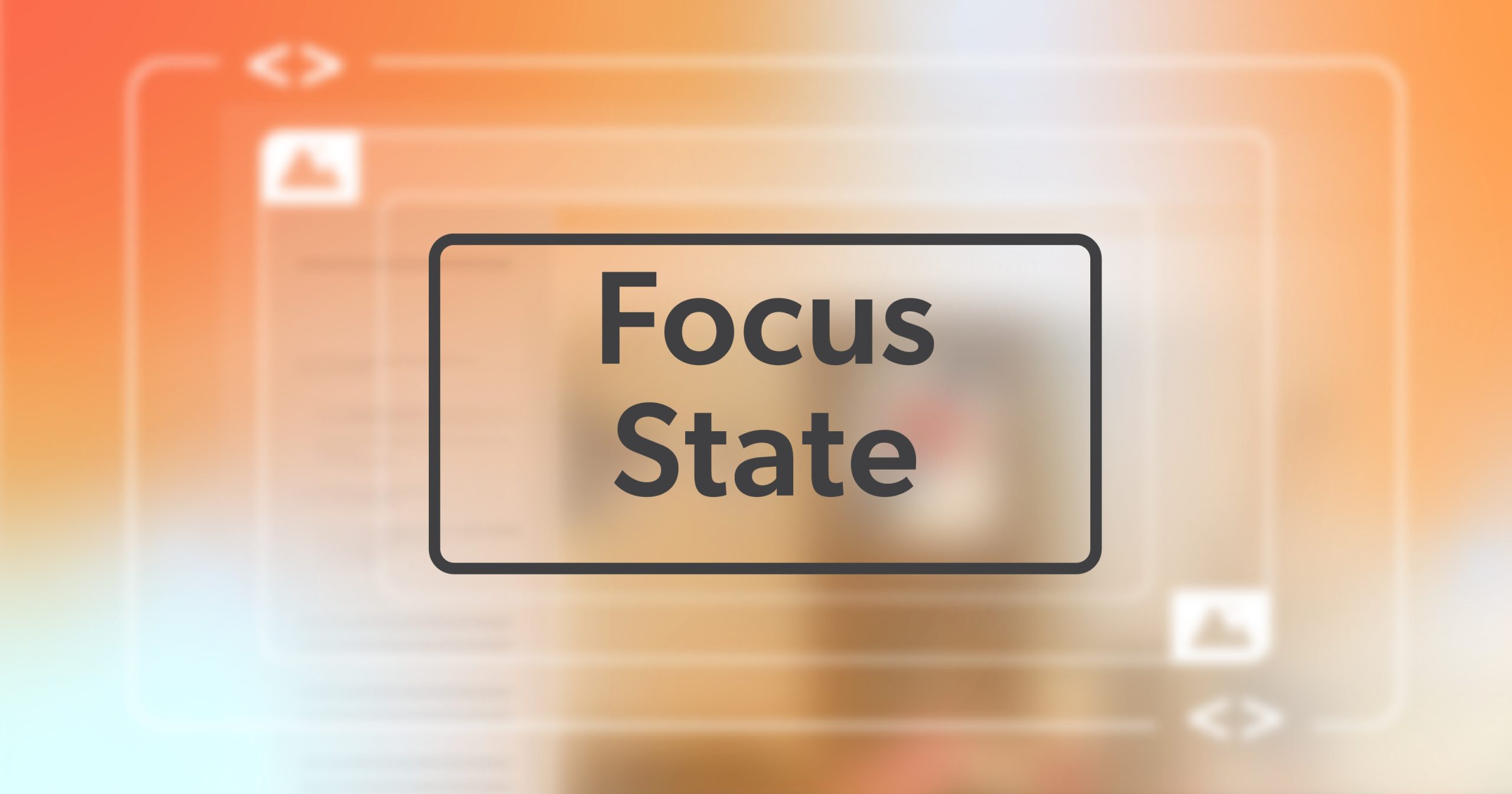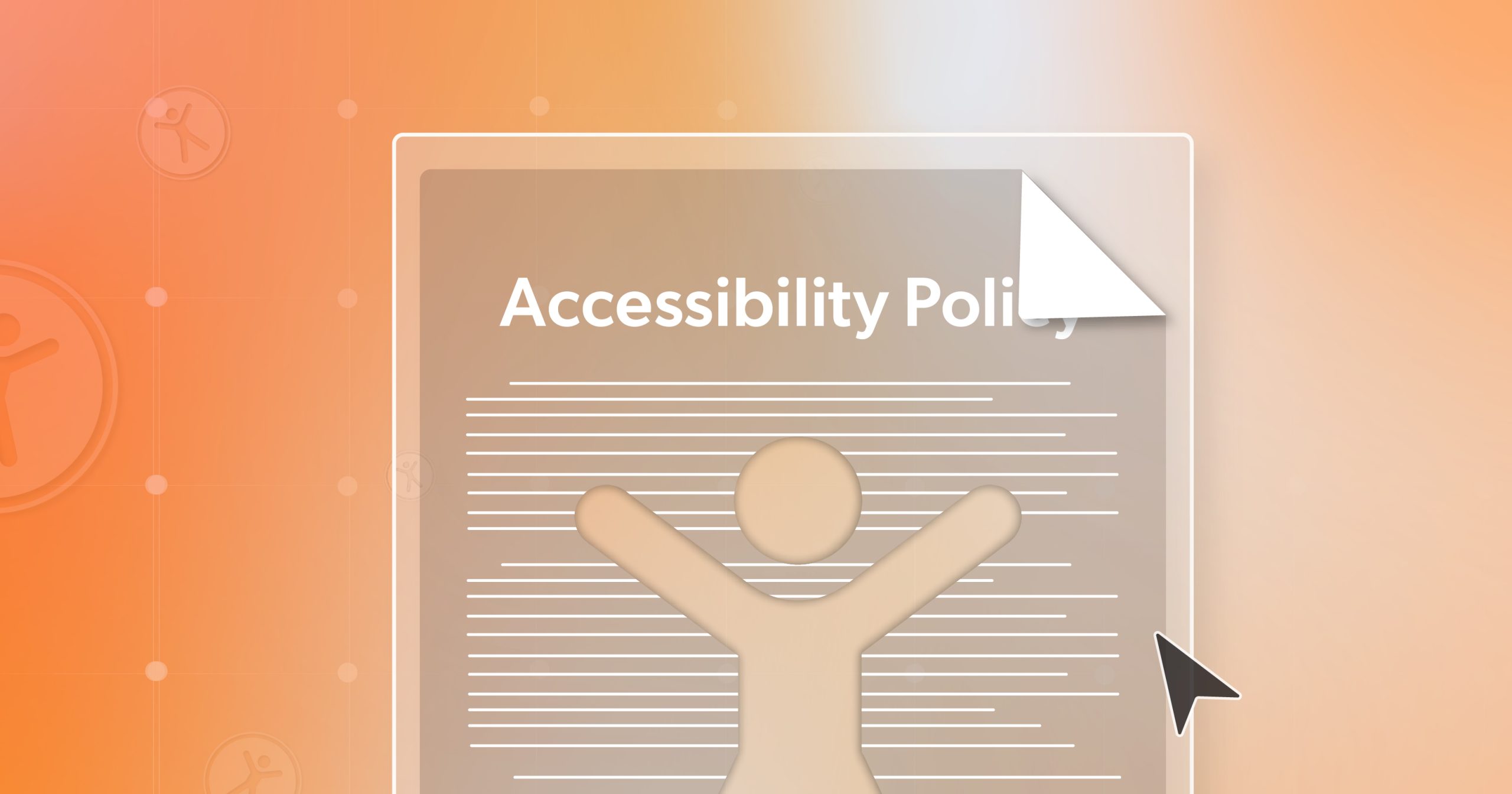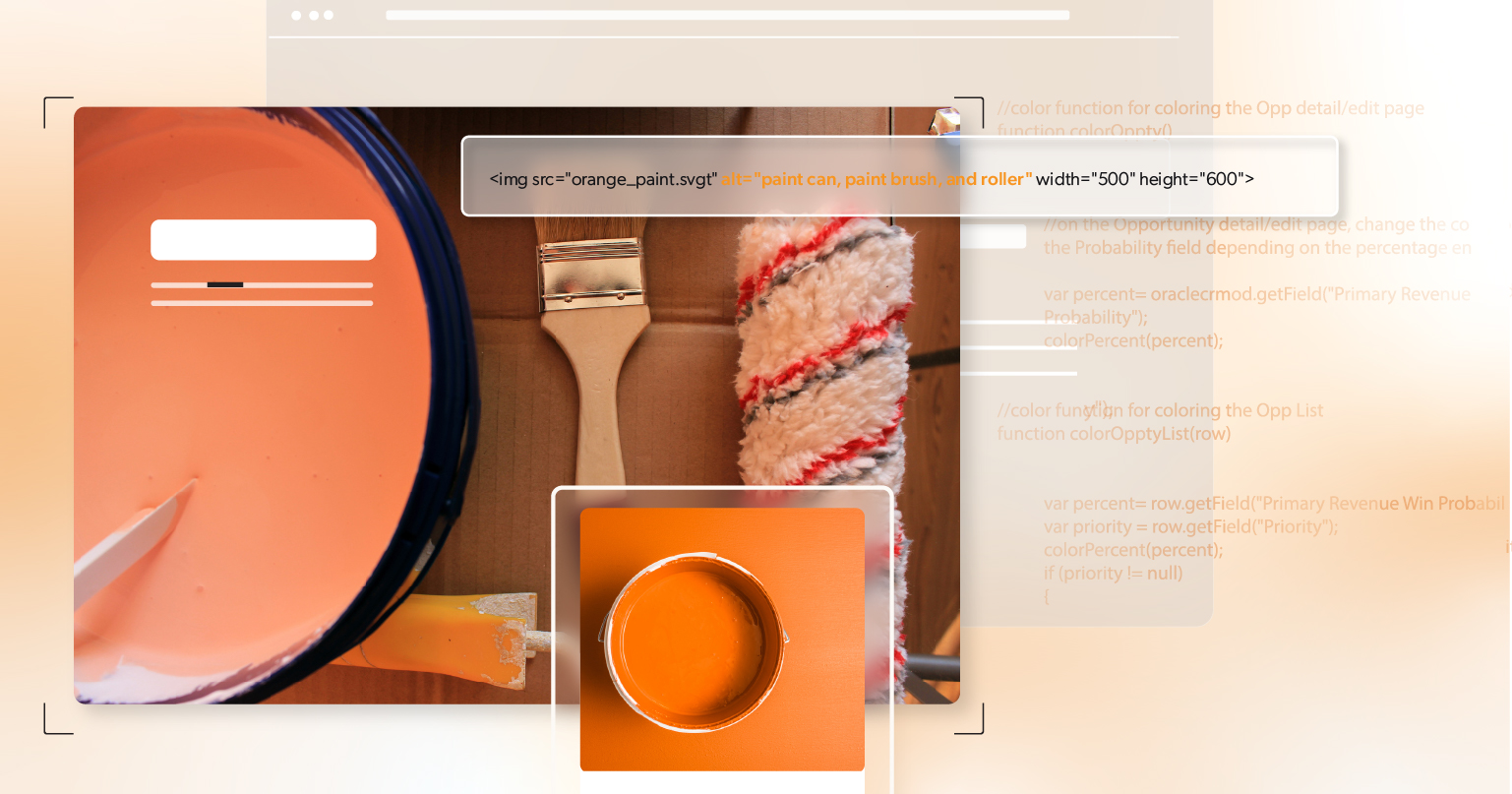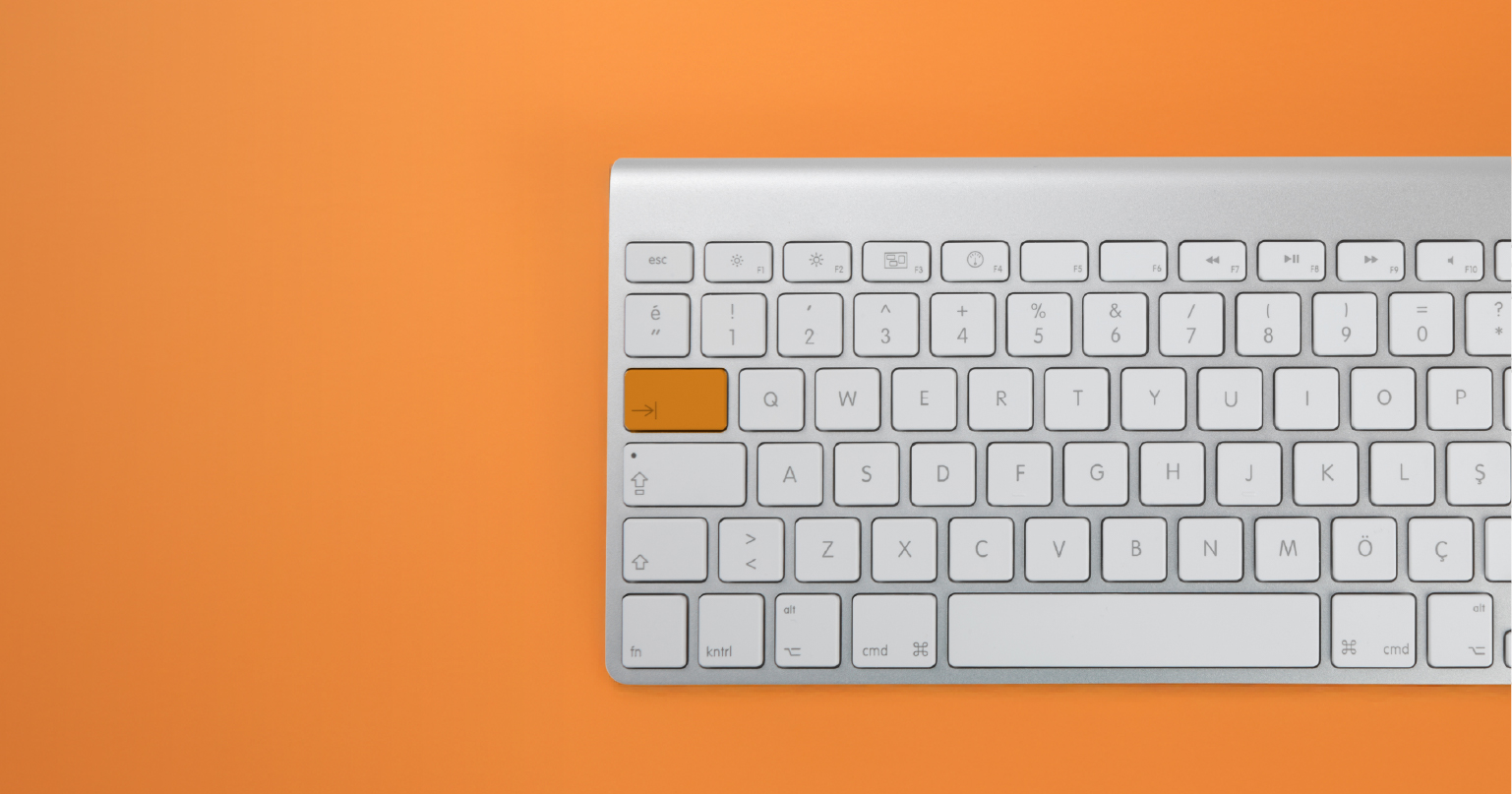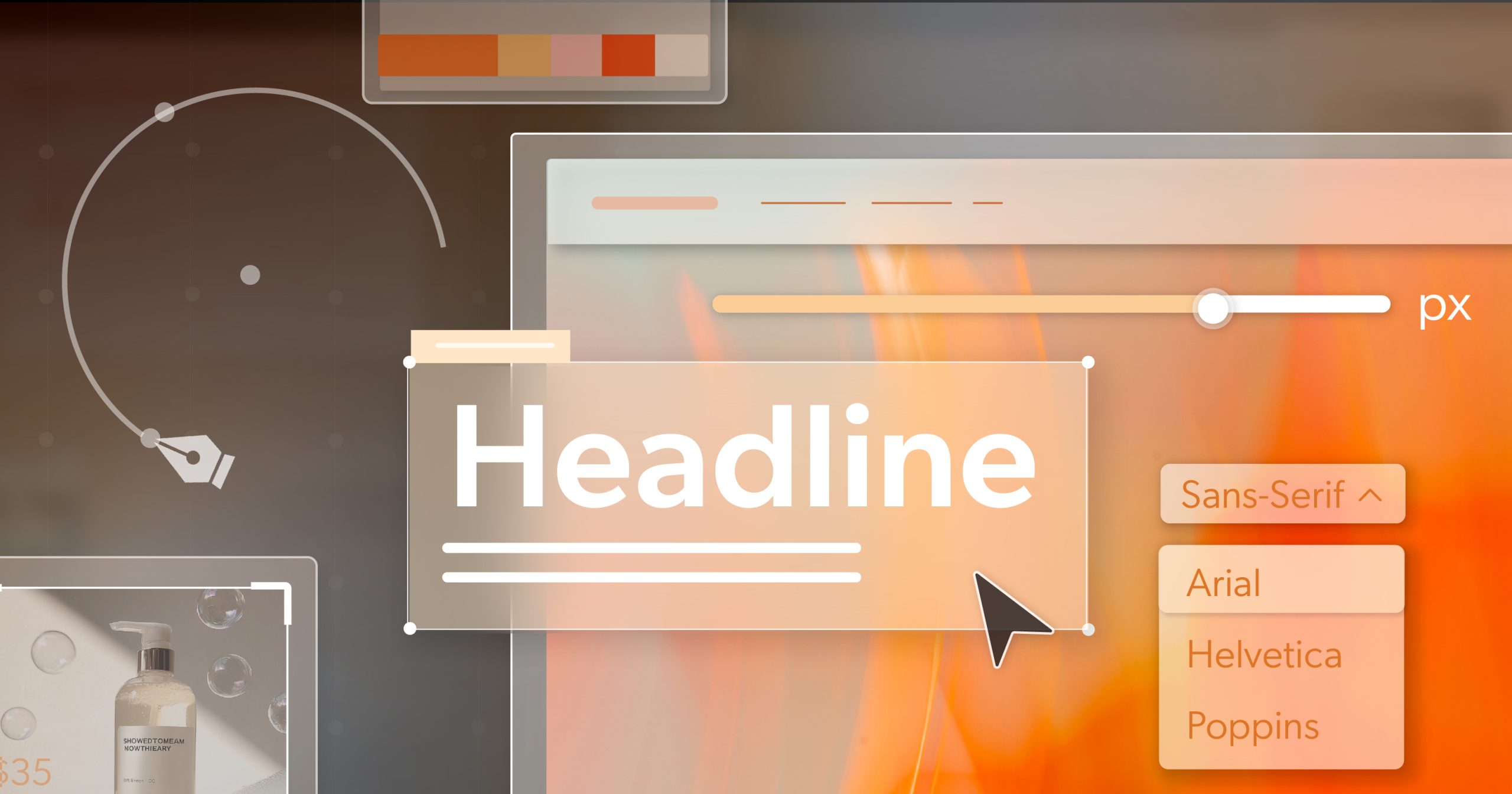You press Tab into the first field of a form, and suddenly the page submits. Or you click into a dropdown and, without warning, a new window pops up. Frustrating, right? Now imagine how much more disruptive that is for someone who relies on a screen reader or uses only a keyboard. Sudden shifts don’t just annoy—they break concentration, cause errors, and force users to start over.
That’s the purpose of WCAG’s Success Criterion 3.2.1 On Focus. It makes sure that receiving focus doesn’t trigger unexpected changes. In short: don’t move the user, reload a page, or submit a form just because something got focus. Users should always stay in control.
In this article, we’ll unpack SC 3.2.1, look at common pitfalls, explore best practices, and share testing strategies so your site feels consistent, trustworthy, and usable.
Understanding Success Criterion 3.2.1 – On Focus
The official wording says: When any user interface component receives focus, it does not initiate a change of context.
What this really means is that putting focus on an element—whether by tabbing, shift-tabbing, or clicking—should not be treated as an automatic “go” button.
A change of context includes things like:
- Submitting a form when a field receives focus
- Opening a modal or new window on focus
- Navigating to a new page when a menu item gains focus
- Programmatically moving focus somewhere else the moment you land on an element
This rule is designed to stop those surprises. Changes should only happen when users take action—pressing Enter, clicking a button, or making a choice—not just by landing on something.
Why On Focus Matters
Predictable focus builds trust. Users know where they are, what’s happening, and how to move forward without being thrown off track.
For users with cognitive or visual disabilities, avoiding sudden shifts prevents confusion. For those navigating with a keyboard, a smooth and logical tab order makes it possible to move efficiently through content. Screen readers also benefit from a stable focus path, since consistency allows the technology to announce content clearly. And people with motor impairments are spared the frustration of accidentally triggering submissions or navigations they didn’t intend.
But accessibility isn’t just about a specific group. Predictability benefits everyone. Consistent behavior builds trust and lowers friction, making your site feel polished and respectful of users’ time and effort.
Common Pitfalls (and Why They Break On Focus)
Despite the clear intent of SC 3.2.1, developers often run into familiar traps. A few of the most common include:
- Auto actions on focus: Submitting a form, opening a modal, or swapping pages the instant an input or link gets focus.
- Focus jumps: Using scripts that automatically call
element.focus()on load or on focus, dragging the user to an unexpected spot. - Navigation on focus: Menus that redirect as soon as an item is focused, rather than waiting for activation.
- Broken tab order: Overuse of
tabindex—especially with values greater than 0—can create confusing and illogical navigation paths. - Inconsistent patterns: Mixing models, where some elements act on focus while others require activation, leads to unnecessary confusion.
All of these problems do the same thing: they break user flow, create confusion, and increase errors.
How to Achieve Compliance (and Design a Better Experience)
Preventing these issues comes down to designing focus behavior intentionally and sticking to a few reliable practices.
From there, keep a few best practices in mind:
- Be thoughtful with focus management. If you use
element.focus(), do it to genuinely help the user (for example, moving focus into an opened dialog) and respect lifecycle rules. - Preserve the natural tab order whenever possible. Use
tabindex="0"only when necessary to include custom controls, and avoid positive values. - Be cautious with ARIA. Roles like
menu,menuitem,tab, anddialogcome with built-in interaction expectations. If you implement them, follow the complete pattern—or stick with native controls. - Keep patterns consistent. Buttons should submit, links should navigate, and tabs should switch panels only when activated. Uniformity across components builds confidence.
Small details make a big difference. For example, always include a “Skip to main content” link that becomes visible on focus, and ensure it works correctly by pointing to a landmark or an element with tabindex="-1". Likewise, don’t rely on hover or color changes alone to signal interactivity; provide clear focus styles that work for both keyboard and touch users.
Testing Strategies for On Focus
Testing is where theory meets practice. A few methods will quickly reveal whether your site is compliant:
Manual testing
- Tab through every interactive element. Nothing should submit, navigate, or open on focus alone.
- Shift+Tab backward to confirm the reverse path is just as stable.
- Use Enter or Space to activate controls—only then should real actions occur.
- In DevTools, run
document.querySelector('#el').focus()and verify that no context change happens.
Assistive Technology Testing
Screen readers like NVDA (Windows) and VoiceOver (macOS/iOS) are essential. Navigate with Tab, rotor, and quick keys to check that focus remains predictable. On mobile, connect an external keyboard and confirm the behavior is consistent with desktop experiences.
Automated Checks
Tools such as Google Lighthouse or WAVE can flag tabindex issues, missing roles, or poor focus order. Automation won’t catch the “surprise factor.” Always back it up with manual and assistive tech testing.
Bad vs. Good: Concrete Examples
Bad: Form Submits on Focus
<form action="/submit" method="post">
<label for="name">Name:</label>
<input id="name" type="text" onfocus="this.form.submit()">
</form>Issue: The form submits as soon as the field gains focus—a clear violation.
Good: Form Submits Only on Activation
<form action="/submit" method="post">
<label for="name">Name:</label>
<input id="name" type="text">
<button type="submit">Submit</button>
</form>Fix: The form submits only when the user explicitly activates the button.
Bad: Navigation on Focus
<nav>
<a href="/pricing" onfocus="window.location=this.href">Pricing</a>
</nav>Good: Navigation Only on Activation
<nav>
<a href="/pricing">Pricing</a>
</nav>Tip: It’s fine to expand a menu on focus for discoverability, but don’t redirect until activation.
Good Example: Custom Control with Predictable Focus
<button aria-expanded="false" aria-controls="filters" id="filterToggle">
Filters
</button>
<div id="filters" hidden>
<!-- filter options -->
</div>This pattern ensures that nothing happens on focus. Activation (click, Enter, or Space) toggles the state, while ARIA reflects the change.
Frequently Asked Questions
What’s the primary goal of SC 3.2.1 On Focus?
To make sure that receiving focus doesn’t cause unexpected context changes. Users, not scripts, decide when to act.
Is onfocus always forbidden?
Not necessarily. You can use it for subtle cues like highlighting an element. Just don’t trigger navigation, submissions, or new windows.
Can focus ever be moved programmatically?
Yes—if it matches user expectations. For example, moving focus into a modal when it opens, or pointing to an inline error message after a failed form submission, are acceptable.
How should I handle dynamic components like tabs or accordions?
Stick to activation-based behavior. Use arrow keys to move between tabs, but only switch panels when a tab is activated, following WAI-ARIA Authoring Practices.
Build Predictable Experiences (and Trust)
At its core, SC 3.2.1 is about respect. Focus should never feel like a trap door. By preventing context changes on focus, you protect users from confusion, reduce errors, and make your interface feel stable and reliable.
Accessible design isn’t just about checking a box—it builds trust. Predictable interactions show users that their time and attention are valued, whether they’re navigating with a screen reader, a keyboard, or a mouse. And when people can move through your site without fear of surprises, they’re more likely to stay, engage, and return.
If you’re unsure whether your site meets this success criterion—or you’d like expert guidance on weaving accessibility into everyday development—schedule an ADA briefing with 216digital. We’ll review your patterns, coach your team, and help you create consistent, user-friendly experiences that people can rely on.

